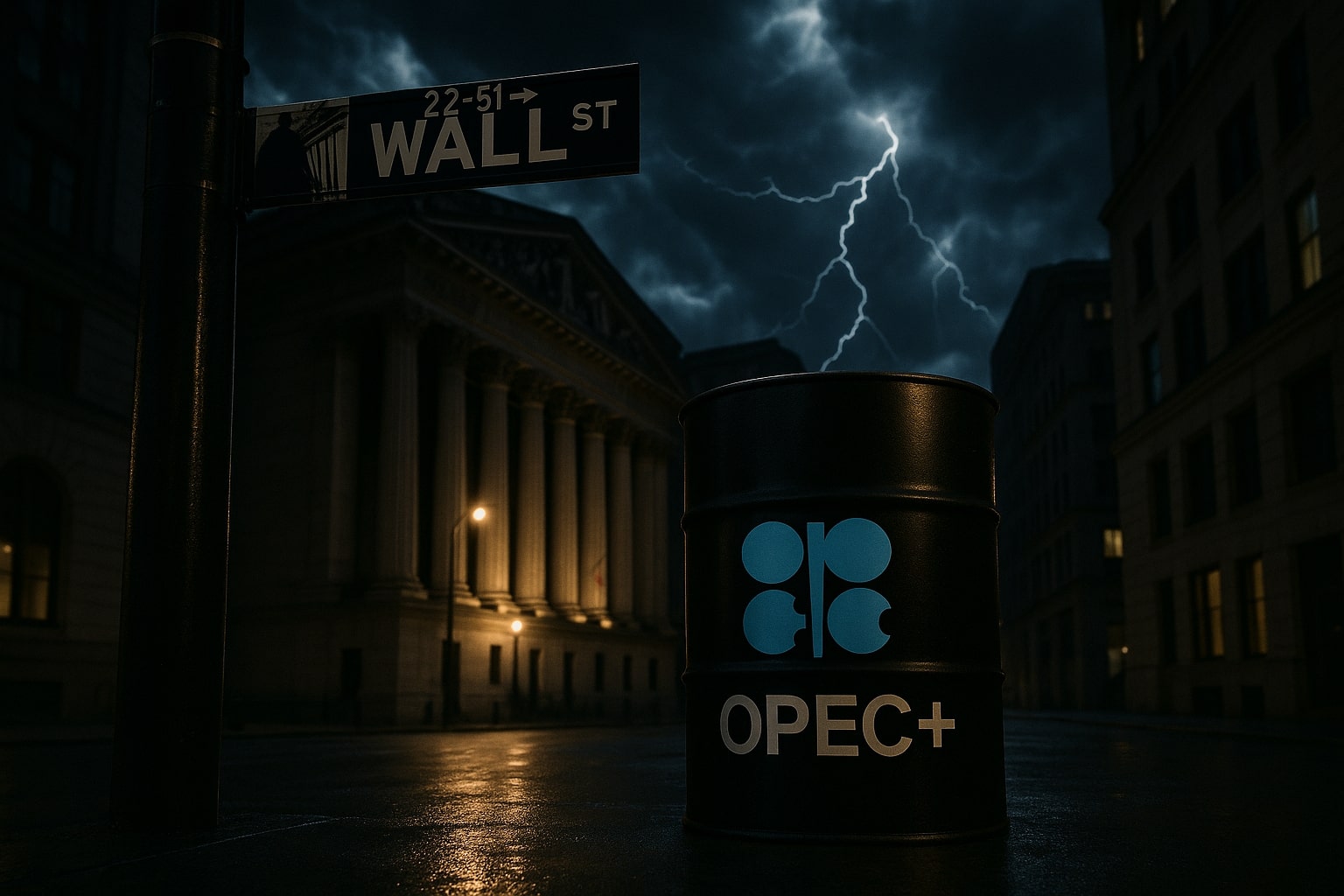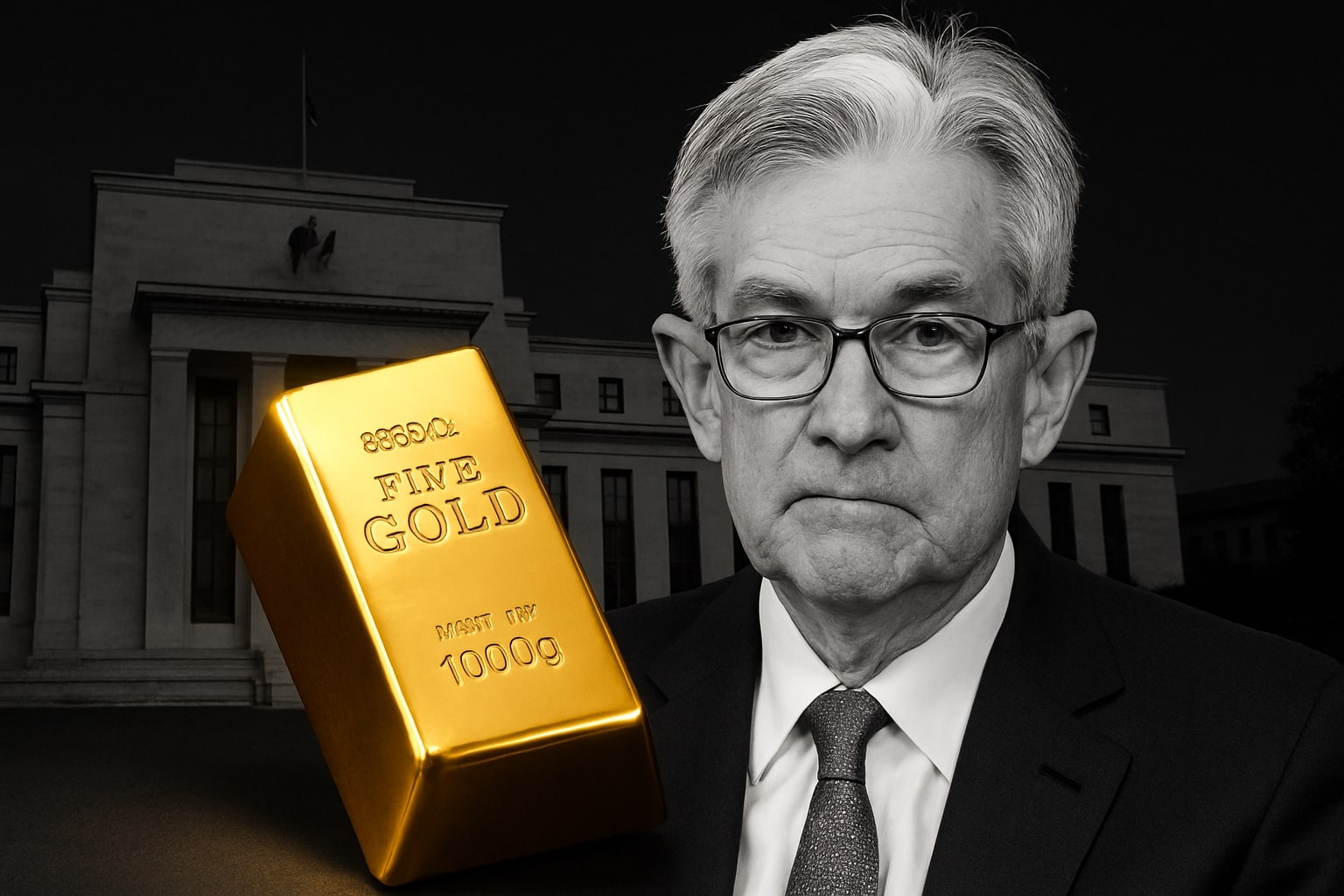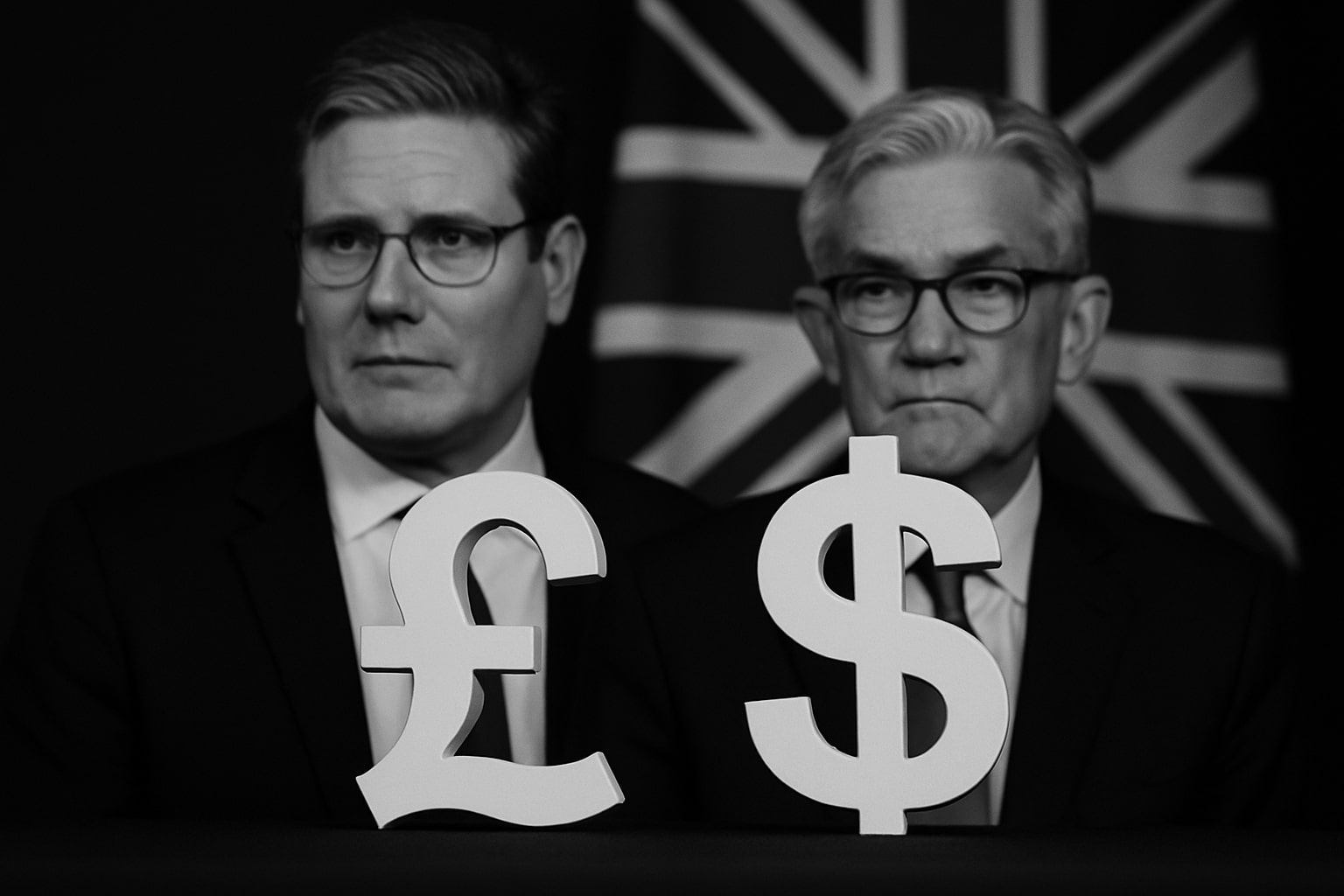
Oil Price Forecast - Oil Prices at Four-Month Lows: WTI $60.48, Brent $64.11, OPEC+ Output Risks Rattle Market
With U.S. stockpiles rising 1.8M barrels and OPEC+ weighing a 500k bpd hike, crude faces its sharpest weekly drop since June as sanctions, Iraq’s compliance, and Russian flows complicate the outlook | That's TradingNEWS
Oil Prices Slide to Four-Month Lows as OPEC+ Balances Supply Against Demand
Crude oil markets remain under heavy pressure as both WTI (CL=F) and Brent (BZ=F) hit their lowest levels since the early summer, deepening concerns over oversupply ahead of the key OPEC+ policy meeting. West Texas Intermediate settled at $60.48 per barrel, down 2.1%, while Brent closed at $64.11, a 1.9% decline, marking their weakest settlement since May 30 and June 2 respectively. Despite a brief bounce, the week has been dominated by sharp selling, putting prices on track for the steepest weekly decline since June. Traders cite both increased OPEC+ production chatter and seasonally weaker demand as the driving forces, alongside refinery maintenance that has reduced global crude runs.
OPEC+ Strategy in Focus With Iraq and Kazakhstan as Wild Cards
The OPEC+ coalition has already begun unwinding its second tranche of production cuts, raising output by 137,000 barrels per day in October, well below the 555,000 bpd increase in August and September. Markets are bracing for the possibility that the group could agree to expand output by as much as 500,000 bpd in November, triple the pace of this month’s increase, as Saudi Arabia pushes to regain market share. However, compliance remains uneven. Iraq is expected to shoulder most of the heavy lifting, pledging an immediate 130,000 bpd adjustment through early 2026, while Kazakhstan has backloaded its cuts, delaying meaningful reductions until mid-2026. Analysts argue that if Iraq fails to deliver, market confidence in OPEC+’s strategy could unravel, adding further downside risk to prices already near $60.
Geopolitics Add Volatility: Iran Sanctions and Russian Flows
Geopolitical risks are once again injecting volatility. The UN has formally reimposed sanctions on Iran, targeting oil shipments and tanker seizures, though analysts believe the impact will be muted since Tehran still exports around 1.5 million bpd, well above the 0.5 mbd levels seen at the end of Trump’s first term. Meanwhile, Russian exports have surged to 16-month highs despite U.S. sanctions, complicating efforts by the G7 to squeeze Kremlin revenues. Reports also confirm that the U.S. will provide Ukraine with intelligence to hit Russian energy infrastructure, heightening the risk of supply disruptions even as overall volumes remain elevated. These crosscurrents underscore the disconnect between geopolitical headlines and actual barrels on the market, a dynamic that has kept rallies short-lived.
Demand Outlook Weakens Despite Chinese Stockpiling
On the demand side, concerns continue to mount. According to PVM Energy, oil demand forecasts have been revised down by 150,000 bpd between January and September 2025. European gas inventories remain unusually high at 82.3% of capacity, with France and Italy above 90%, muting marginal demand for crude-linked fuels. China, the world’s largest importer, has continued to stockpile barrels, helping limit downside in recent sessions. But stockpiling does not equate to consumption, and traders warn that once Chinese tanks fill, demand support could fade quickly.
Inventory Builds in the U.S. Confirm Bearish Momentum
The latest data from the U.S. Energy Information Administration showed crude stocks rising by 1.8 million barrels to 416.5 million in the final week of September. Gasoline and distillate inventories also increased, a sign that refinery activity is softening just as seasonal demand dips. Analysts at JPMorgan now expect the market to swing into a “sizeable surplus” in Q4 2025 and throughout 2026, noting that higher OPEC+ supply combined with slowing refinery runs could accelerate visible inventory builds worldwide. U.S. inventories are projected to expand steadily into year-end, aligning with forecasts for WTI to average $64.13 per barrel in 2025 and fall to $56.63 in 2026, as per Macquarie.
Forecasts Diverge: From $80 to Sub-$60 by 2026
Forecasts for oil’s path remain widely split. Macquarie has trimmed its outlook, projecting Brent at $67.95 per barrel in 2025 and $60.75 in 2026, with WTI seen at $64.13 in 2025 and $56.63 in 2026. J.P. Morgan has slightly lower targets, with Brent at $66 in 2025 and WTI at $62, while the U.S. Energy Information Administration is even more bearish, seeing Brent at $67.80 in 2025 and plunging to $51.43 in 2026. The EIA expects WTI to average $64.16 in 2025 before dropping below $48 in 2026, citing oversupply and sluggish demand growth. At the corporate level, sentiment mirrors this caution: in the Dallas Fed Energy Survey, executives from 136 oil and gas firms forecast an average WTI price of $63.06 per barrel at the end of 2025, down from expectations of nearly $70 just a quarter earlier. The survey revealed that over 70% of exploration and production firms have delayed investment decisions due to price uncertainty, underscoring how fragile confidence has become.
Read More
-
Meta Stock Price Forecast - Meta Faces $16B Tax Blow and $100B CapEx Shock as Shares Sink to $587
20.11.2025 · TradingNEWS ArchiveStocks
-
XRP Price Forecast - XRP-USD Tests $2.00 as XRP ETF Boom Fails to Halt 11% Weekly Drop
20.11.2025 · TradingNEWS ArchiveCrypto
-
Oil Price Forecast - Oil Prices Recover as U.S. Draw Depletes 3.4M Barrels
20.11.2025 · TradingNEWS ArchiveCommodities
-
Stock Market Today: NVDA +5%, WMT +6%, TSLA +5% Drive Nasdaq to 23,045 in Explosive AI-Led Rally
20.11.2025 · TradingNEWS ArchiveMarkets
-
GBP/USD Price Forecast - Pound Slides Toward 1.3050 as Hawkish Fed and Weak UK CPI
20.11.2025 · TradingNEWS ArchiveForex
Geopolitical Sanctions, Refinery Fires and U.S. Policy in Play
Near-term volatility is also being driven by headlines. A fire at Chevron’s El Segundo refinery in California temporarily lifted prices after four consecutive declines, with WTI bouncing back above $61 and Brent near $64.75. At the same time, the Biden administration has allowed oil permits to continue flowing even amid a government shutdown, while renewable energy projects remain on hold, reinforcing fossil fuels’ role in U.S. supply. The G7’s pledge to escalate sanctions enforcement against Russian buyers adds another layer of uncertainty, as any disruption in flows could trigger a sudden spike from today’s depressed levels. Yet the prevailing mood remains bearish, with traders positioning for further weakness unless OPEC+ takes a harder stance on output discipline.
Market Sentiment and Investment Outlook
With oil oscillating between $60–65 per barrel, the debate is whether this marks a floor or a staging ground for deeper declines. On one hand, geopolitical risks, Chinese stockpiling, and potential supply disruptions in Russia or the Middle East could provide upside shocks. On the other, structural oversupply, weak demand, and U.S. inventory builds suggest the balance of risks leans lower. Investment banks and energy executives alike are tilting bearish, with consensus building that 2026 could see Brent closer to $55–60 and WTI potentially sliding into the low $50s, unless global demand recovers or OPEC+ curtails output more aggressively.



















